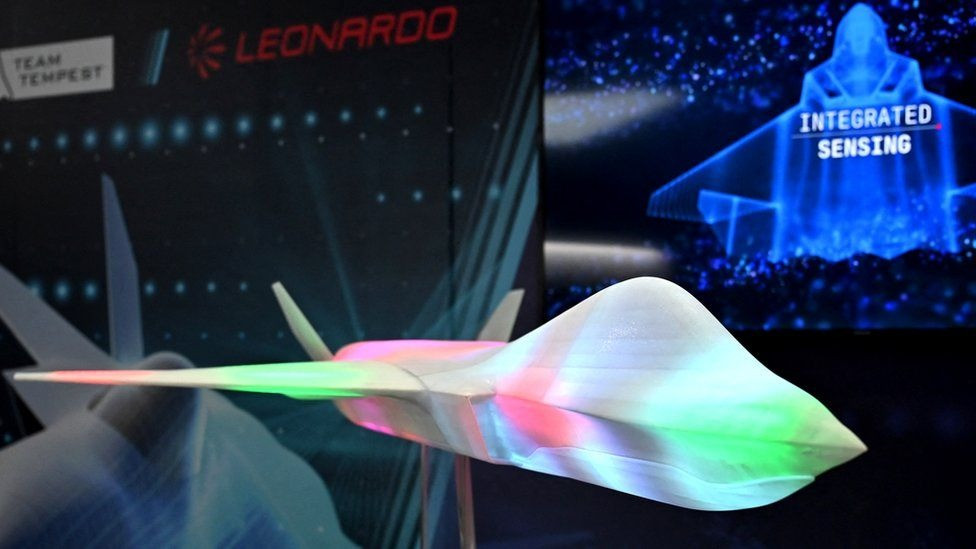
The cockpit of the Tempest fighter jet from the UK will not have any physical switches or screens because the advanced systems will try to read the pilots’ minds to monitor their condition and their surroundings. Tempest will also incorporate a combination of AR, VR, and AI in the flight control system.
The Tempest, in contrast to drones, won’t be entirely automated; instead, it will require “scalable autonomy,” a mix of human and machine control. The AI and sensors in the pilot’s helmet will be used to analyze brain signals. If the pilot is stressed out or unresponsive, the AI will also be able to take over.
Eye tracking will be used by the cockpit equipment to monitor the pilot’s condition, particularly if they are tired or under stress. It is anticipated that the AI, VR, and AR will gather and process data, curating information that is delivered to the pilot to improve situational awareness. The new fighter plane will undergo test flights in 2027, and deployment might happen by 2035.






